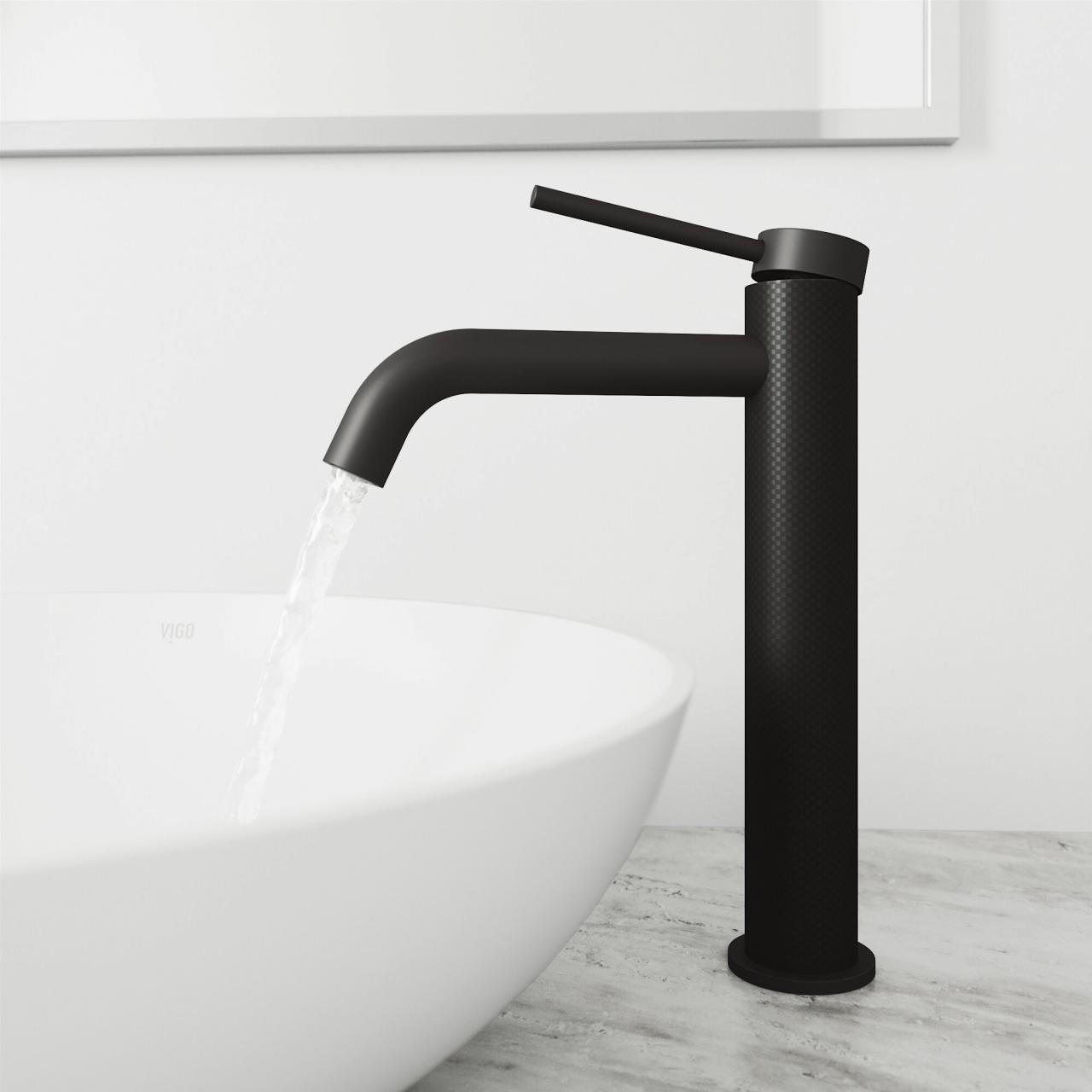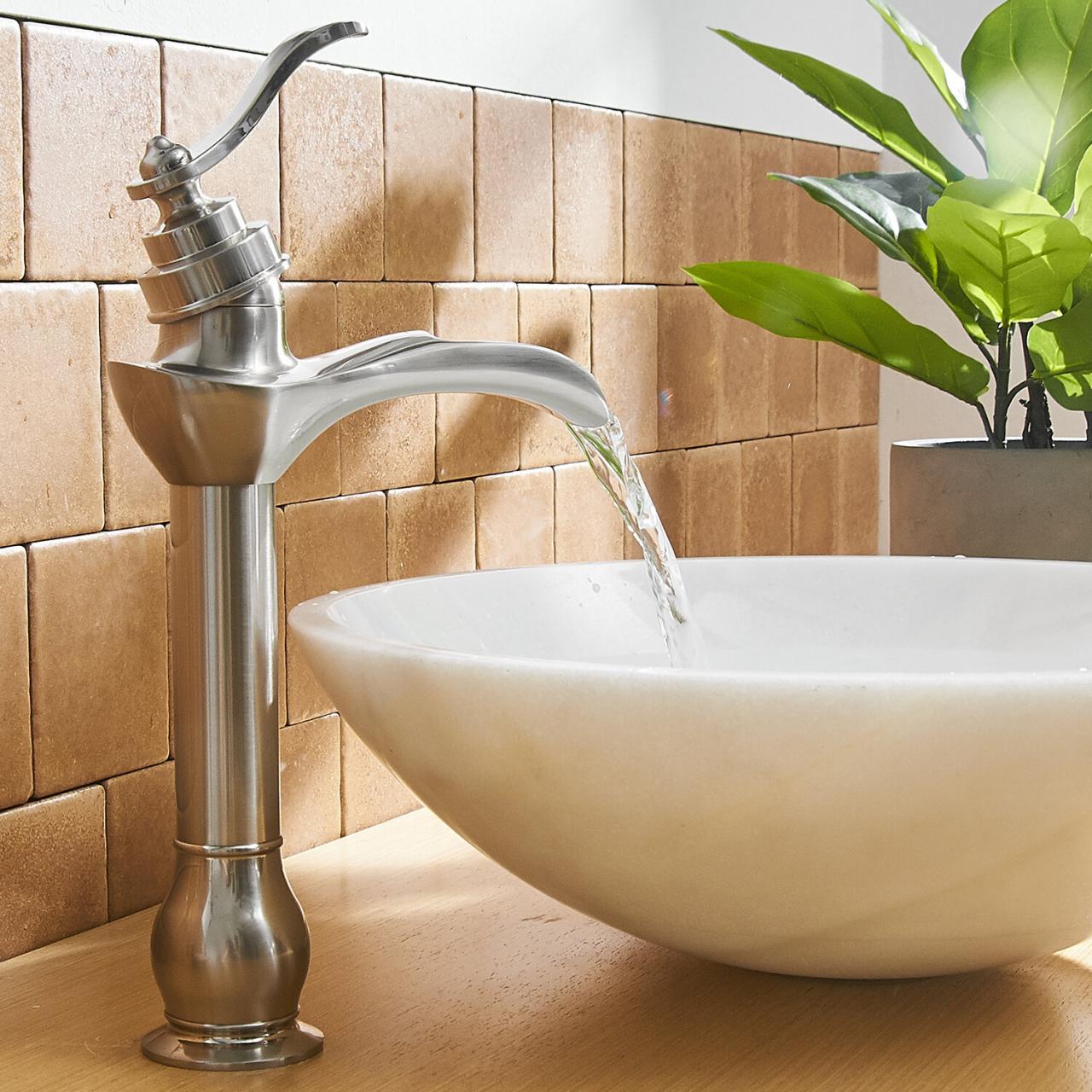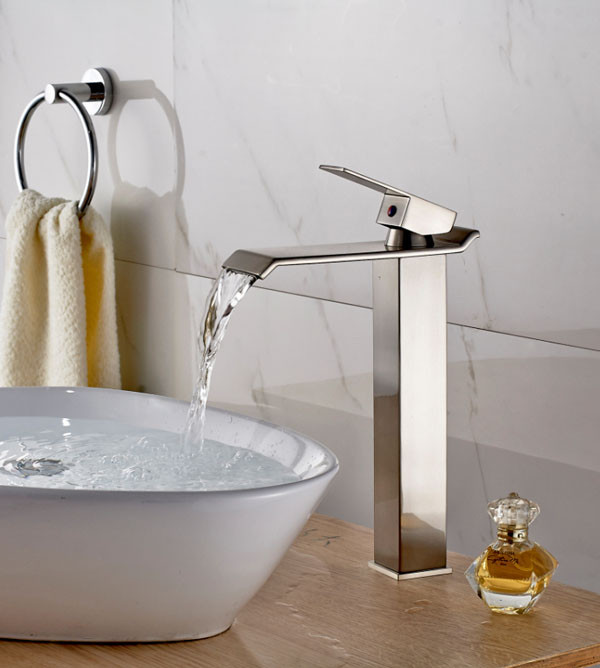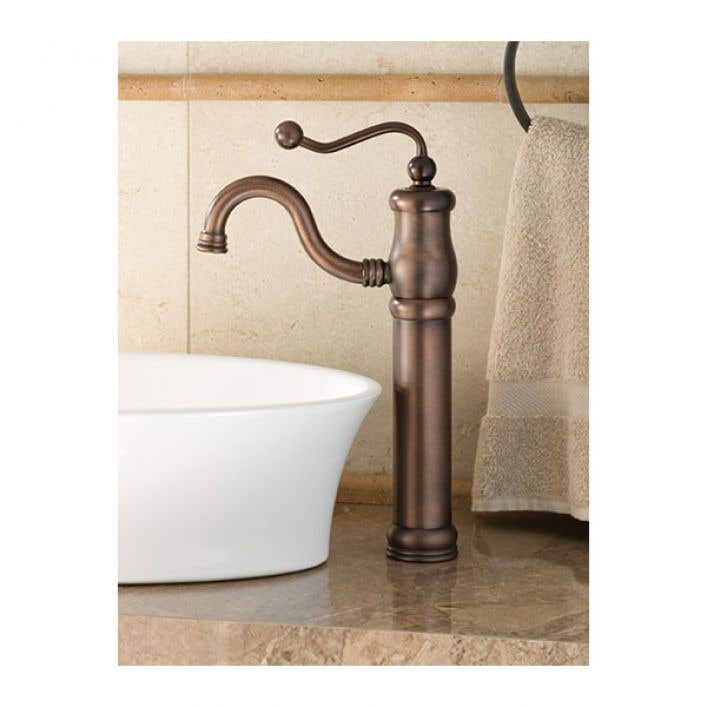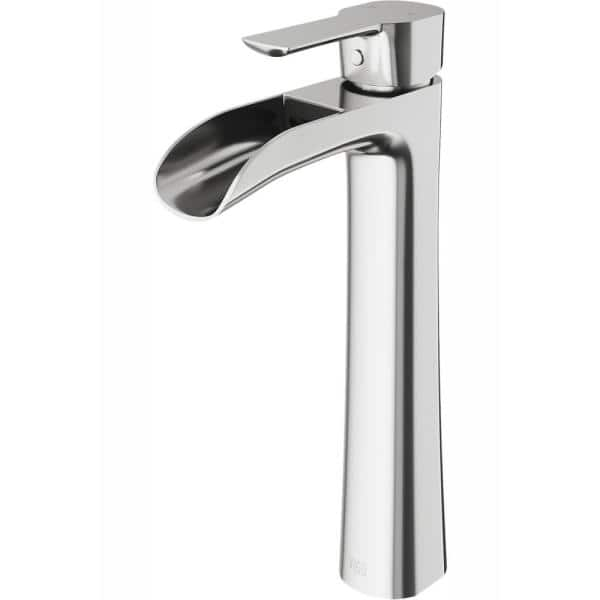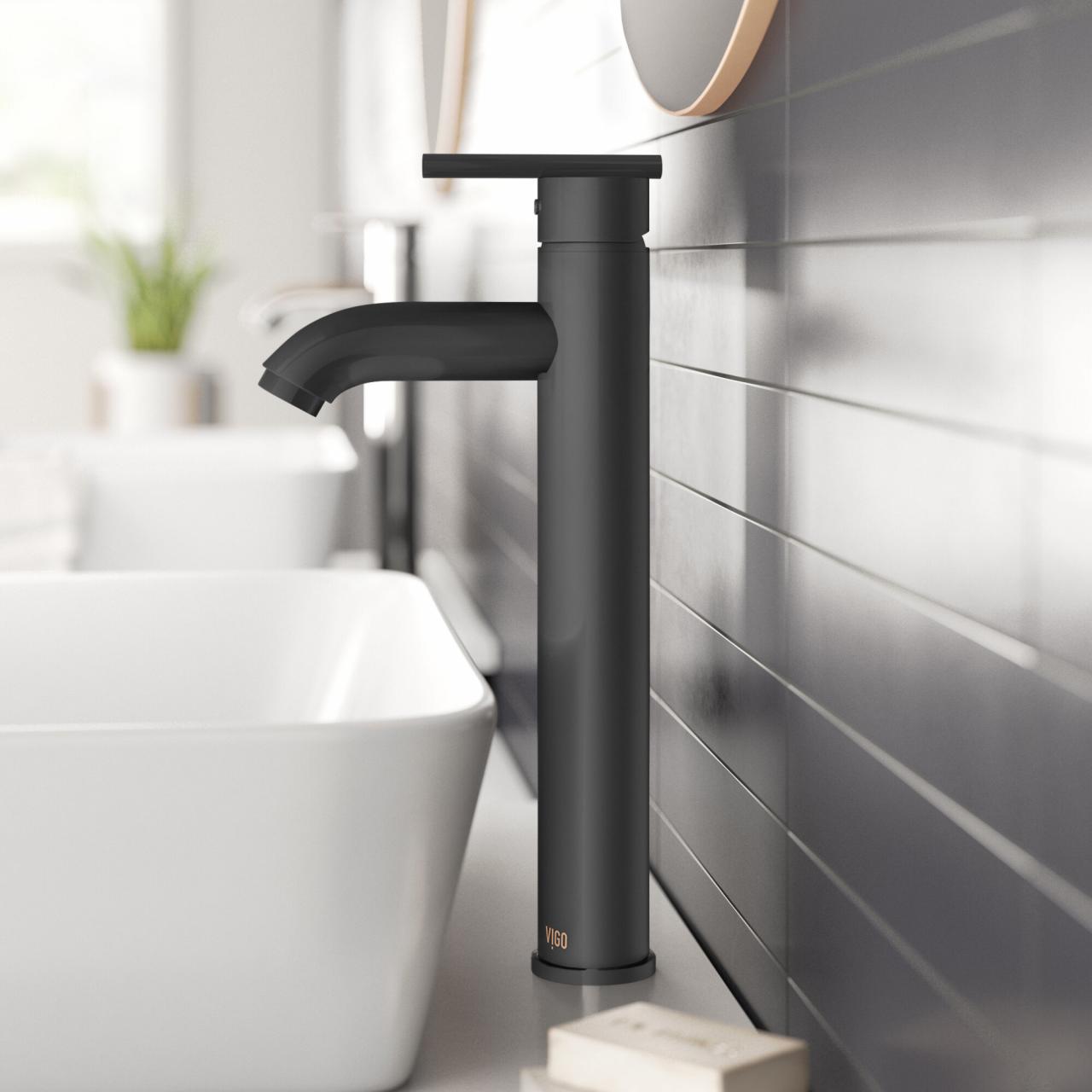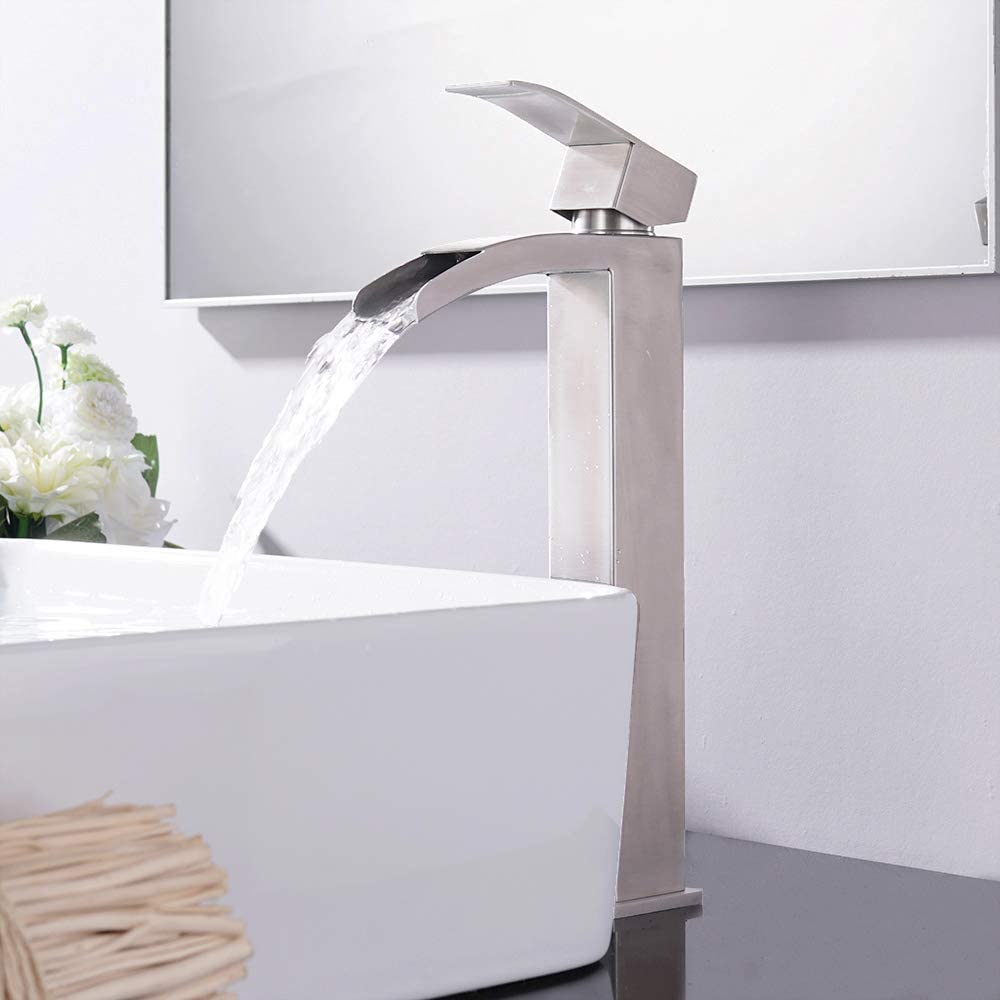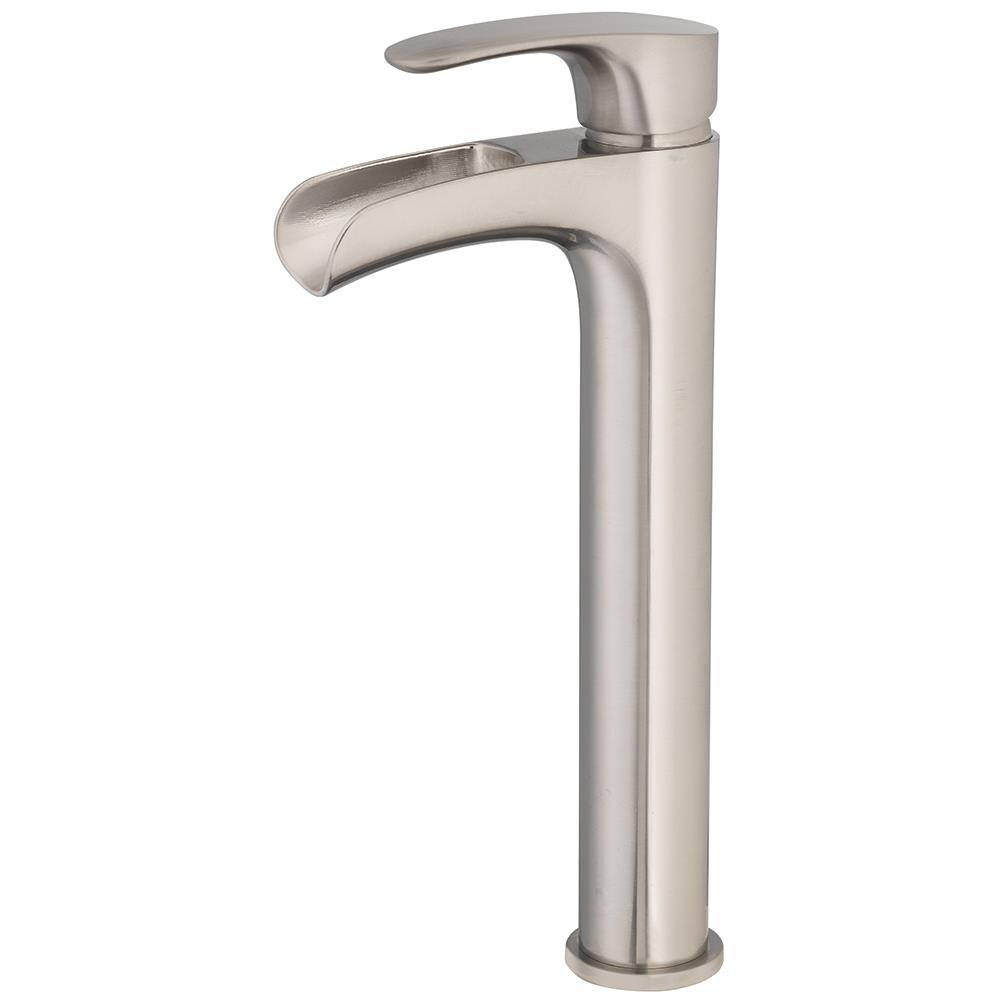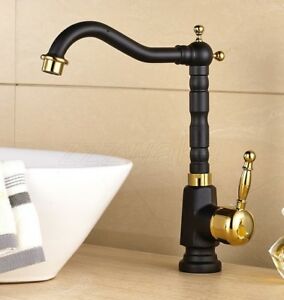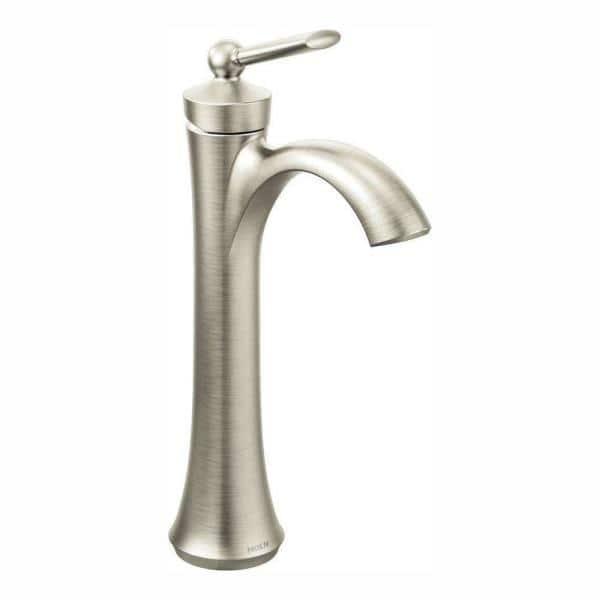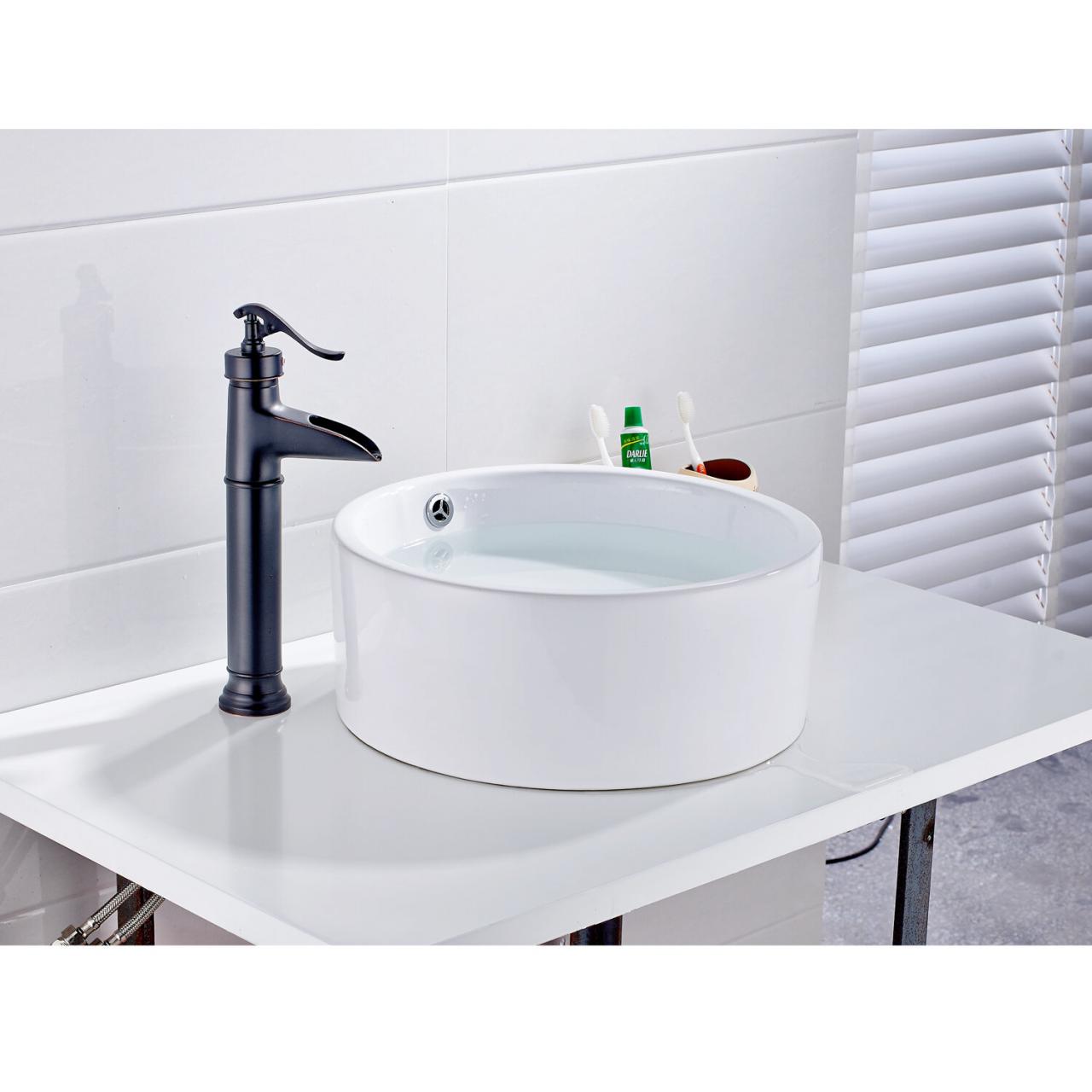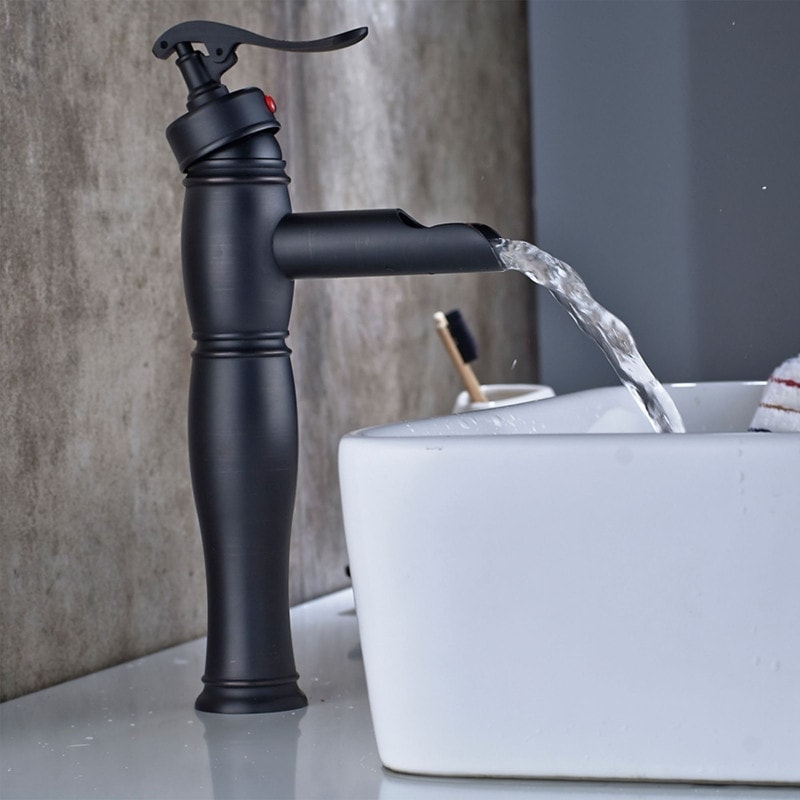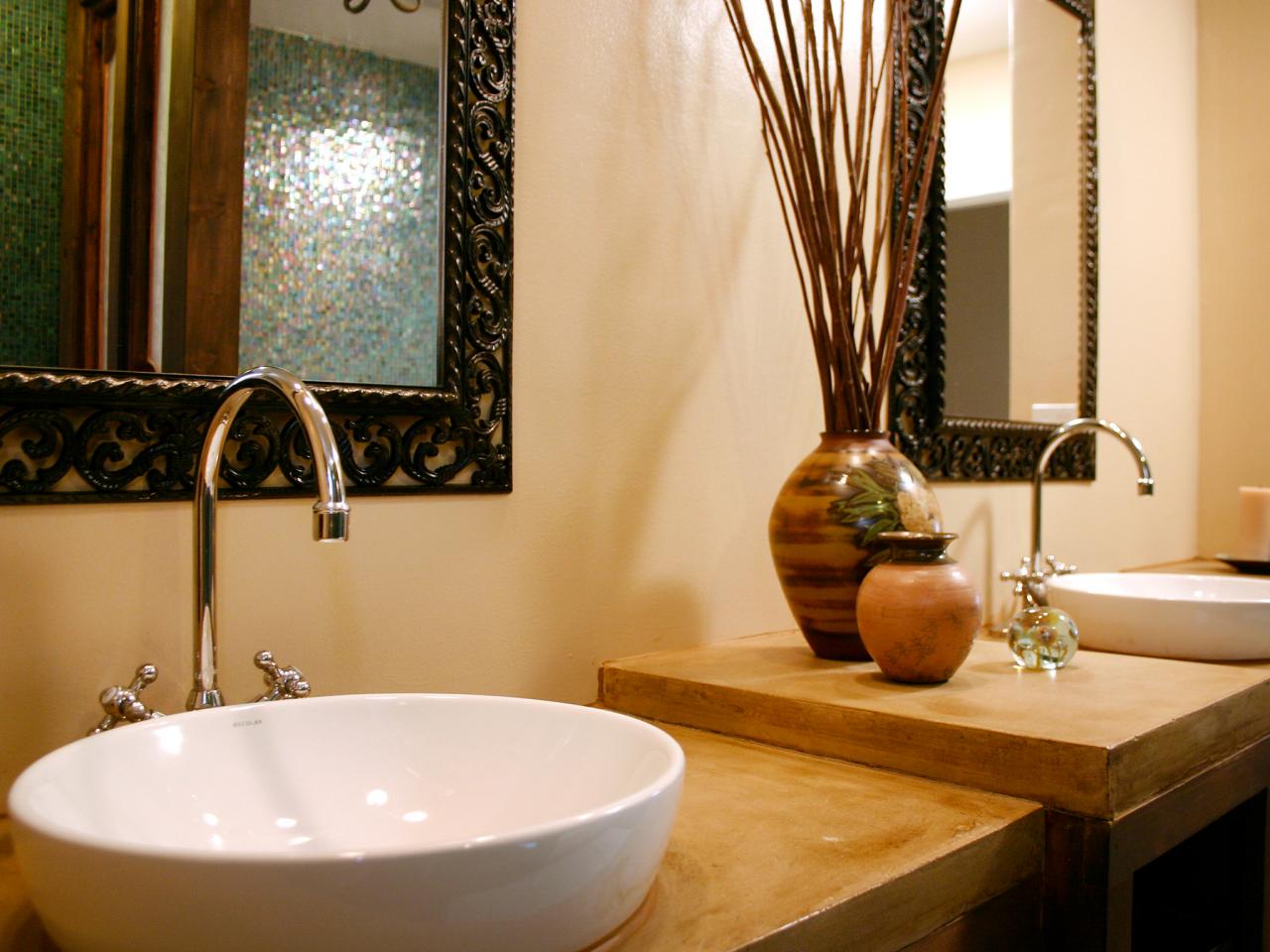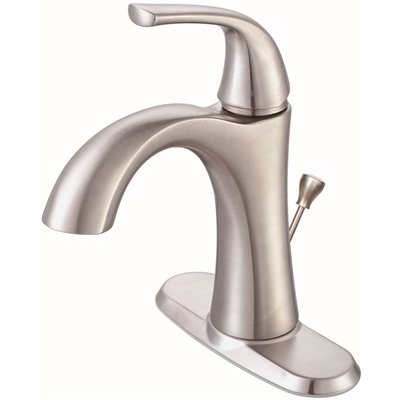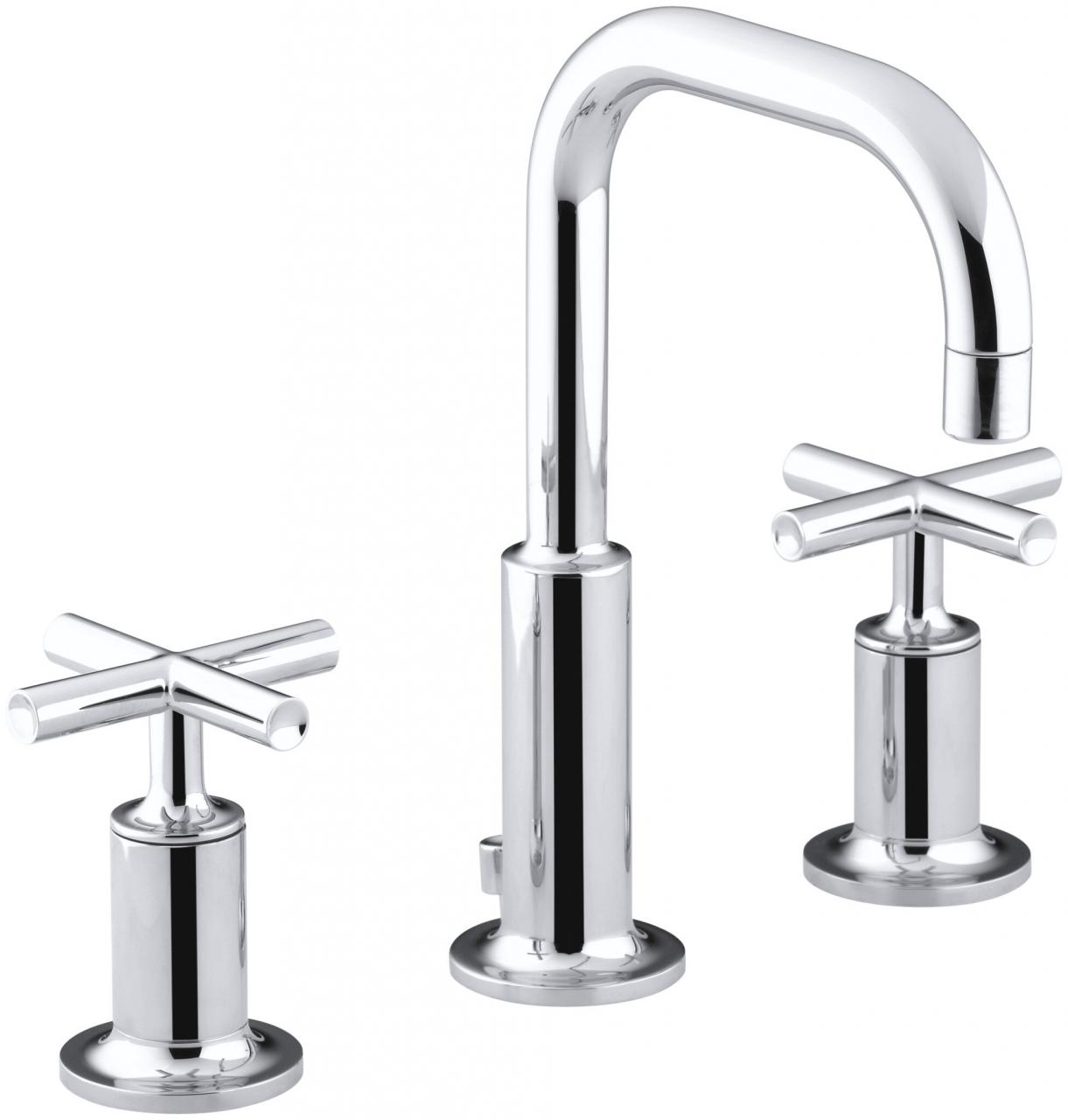Choosing the Right Faucet for Your Vessel Sink: Styles and Designs
When it comes to selecting the perfect faucet for your vessel sink, the decision is all about style, functionality, and how the faucet complements the rest of your bathroom. Vessel sinks have a unique look compared to traditional sinks, so it’s important to choose a faucet that not only fits but enhances the overall aesthetic. As someone who’s gone through this process, I can tell you it’s an exciting decision that can drastically change the look of your bathroom.
- Understanding Faucet Height and Reach
The first thing I learned while choosing a faucet for my vessel sink was the importance of height and reach. Vessel sinks sit on top of the counter, meaning the faucet must be taller than standard faucets to provide adequate clearance. You don’t want a faucet that’s too short, leaving you cramped when washing your hands. On the other hand, a faucet that’s too tall might splash water everywhere. The faucet’s reach should also be considered – you want the water to flow into the center of the sink without hitting the sides. - Exploring Different Faucet Styles
Vessel sink faucets come in a variety of styles, from sleek and modern to ornate and traditional. I spent a lot of time browsing through different designs before landing on a style that suited my bathroom’s aesthetic. Some faucets have a minimalist, straight-line design, perfect for a contemporary bathroom. Others are more decorative, with curved spouts or intricate detailing. Finding the right faucet style is about matching the overall theme of your bathroom while keeping in mind practicality. - Waterfall Faucets: A Popular Choice
Waterfall faucets are a favorite choice for vessel sinks because they offer a smooth, calming flow of water that mimics a natural stream. I was immediately drawn to this option because of its serene feel. These faucets are designed with an open spout, allowing water to cascade gently into the sink. It’s a visual and auditory treat every time you turn on the faucet. However, they might not be for everyone, especially if you prefer more traditional designs. - Consider a Wall-Mounted Faucet
If you’re looking for something truly unique, a wall-mounted faucet is an excellent option. These faucets are installed on the wall behind the vessel sink, leaving the countertop clutter-free. I found this style appealing because it offers a clean, minimalist look and saves counter space. However, installation is more complex, and it’s essential to plan carefully before committing to this design. - Finish Options: Polished Chrome, Brushed Nickel, and More
Another crucial aspect is choosing the right finish for your faucet. Popular finishes include polished chrome, brushed nickel, oil-rubbed bronze, and matte black. I went for brushed nickel because of its durability and subtle shine that fits into a wide range of bathroom styles. Chrome is another favorite for its sleek, mirror-like finish, while matte black adds a bold, modern touch. Each finish has its pros and cons in terms of maintenance and aesthetics. - Pairing the Faucet with Other Fixtures
Once I settled on the style and finish of my faucet, I made sure it coordinated with the other fixtures in the bathroom, like the showerhead and towel bars. Consistency in finishes creates a harmonious, well-designed space. While mixing metals can sometimes work in eclectic or modern bathrooms, it’s generally a good idea to stick with a unified look for a more polished feel.
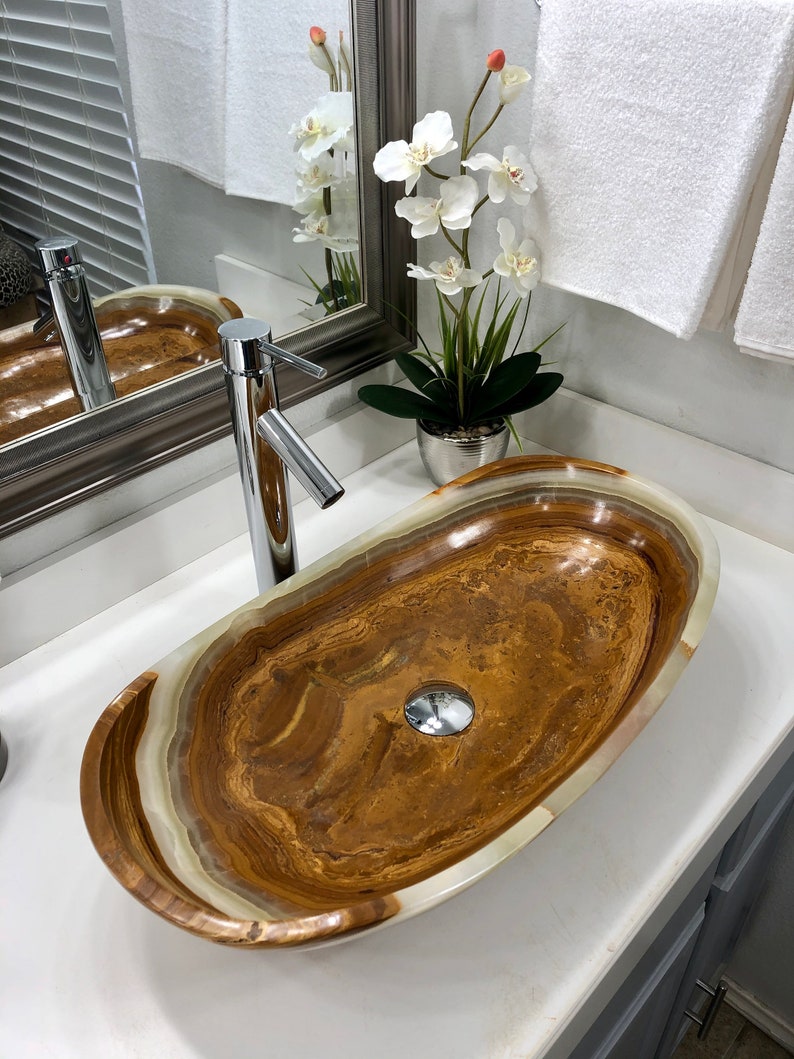
How to Install a Bathroom Faucet for a Vessel Sink: A Step-by-Step Guide
Installing a faucet for a vessel sink may seem like a daunting task, but trust me, it’s entirely doable with the right guidance and tools. I decided to tackle this project myself after researching and gathering everything I needed, and the satisfaction of installing my faucet was well worth the effort. Below is a simple step-by-step guide based on my experience.
Gather Your Tools and Materials
Before diving into the installation, make sure you have all the necessary tools. You’ll need a wrench, plumber’s tape, a basin wrench, and the faucet components, which typically include the faucet itself, the handle, the supply lines, and mounting hardware. Having a bucket nearby to catch any water that drips during the process is also a good idea. Double-check that your faucet and sink are compatible and that all parts are accounted for before starting.
Turn Off the Water Supply
This is the first crucial step. I learned the hard way that skipping this step could result in a watery mess. Turn off the water valves located under the sink. If there are no valves under the sink, you might need to shut off the main water supply to your home. Test the faucet to ensure no water comes out before moving forward.
Remove the Old Faucet (if applicable)
If you’re replacing an old faucet, you’ll need to remove it first. Using a basin wrench, loosen the nuts holding the faucet in place from underneath the sink. This part can be tricky if the nuts are corroded, so a bit of patience (and maybe some WD-40) goes a long way. Once the old faucet is removed, clean the area to prepare it for the new faucet.
Install the New Faucet
Position the faucet through the hole in the countertop, making sure it aligns with the vessel sink. Most vessel sinks only have one hole for the faucet, but if your countertop has more holes, you’ll need to install a deck plate to cover the extras. From underneath, secure the faucet with the provided nuts and washers, tightening them with a basin wrench. Be careful not to overtighten, as it could damage the sink or countertop.
Connect the Water Supply Lines
Next, attach the water supply lines to the faucet. Most faucets come with flexible supply lines that can be connected easily to the hot and cold valves. I applied plumber’s tape to the threads of the connections to ensure a leak-free fit. After securing the lines, tighten them with a wrench, but again, don’t overtighten to avoid stripping the threads.
Turn On the Water and Test for Leaks
Once everything is connected, it’s time to turn the water back on. Slowly open the water valves under the sink and test the faucet. Check for any leaks around the connections. If you notice any drips, you may need to tighten the connections or apply more plumber’s tape. After a successful test, admire your handiwork – you’ve just installed a vessel sink faucet!
Single-Hole vs. Widespread Faucets: Which is Best for Vessel Sinks?
Choosing between a single-hole and a widespread faucet for your vessel sink can be tricky, especially when both have their own set of advantages. Having installed both types in different bathrooms over the years, I’ve found that each style serves a specific purpose based on your design preferences, space, and how you want your sink to function.
The Appeal of Single-Hole Faucets
Single-hole faucets are the most common choice for vessel sinks. These faucets have one central fixture where the spout and handle(s) are integrated into a single unit. I love the sleek, modern look of single-hole faucets, which work well in minimalist bathrooms. Installation is simpler with a single hole to drill, making this option more straightforward and cost-effective.
Widespread Faucets for a Classic Look
On the other hand, widespread faucets feature separate components for the spout and handles, usually spaced about 8 inches apart. This type offers a more traditional or luxurious feel, and I found it to be the perfect choice when I wanted to add a touch of elegance to one of my bathrooms. Though installation requires more holes in the countertop, the final look can be well worth the effort.
Space Considerations
If your countertop space is limited, a single-hole faucet is probably the better option. It requires less room, leaving more space around the sink for other bathroom essentials. I’ve found that this style works well in smaller bathrooms or powder rooms where space is at a premium. On the flip side, widespread faucets demand more room and are better suited for larger vanity setups where you can afford the extra countertop space.
Ease of Installation and Maintenance
One of the benefits I enjoyed with single-hole faucets is the easier installation process. Since there’s only one component to install, it saves time and effort. In contrast, widespread faucets can be more challenging to install due to their multiple parts. Maintenance is also a factor – single-hole faucets are generally easier to clean because there are fewer nooks and crannies for dirt to accumulate.
Customization and Flexibility
If you enjoy customizing your fixtures, widespread faucets offer more flexibility. You can position the handles and spout at varying distances, allowing you to create a layout that fits your sink and countertop. I’ve seen some truly creative setups where the handles are placed at unique angles, adding character to the bathroom. Single-hole faucets don’t offer the same level of customization since everything is fixed in one place.
Cost and Availability
In terms of cost, single-hole faucets are often more affordable because they’re simpler to manufacture and install. Widespread faucets, due to their larger size and more complex design, tend to be pricier. However, both styles are widely available in a range of finishes and designs, so finding one to fit your budget and aesthetic should be relatively easy.
Material Matters: Brass, Stainless Steel, and More for Vessel Sink Faucets
When I was selecting a faucet for my vessel sink, I quickly realized that the material of the faucet is just as important as the design. Different materials offer various benefits in terms of durability, maintenance, and style. Knowing the pros and cons of each can help you make an informed decision that will last for years to come.
The Classic Choice: Brass
Brass is one of the most popular materials for faucets and for good reason. It’s highly durable, corrosion-resistant, and has a timeless appeal. I’ve installed brass faucets in a couple of my bathrooms and have always been pleased with their longevity and performance. Brass faucets often come in finishes like polished chrome, brushed nickel, and oil-rubbed bronze, giving you plenty of style options.
Sleek and Modern: Stainless Steel
If you’re looking for a more contemporary feel, stainless steel is an excellent choice. It’s resistant to rust and tarnishing, making it a low-maintenance option that’s perfect for busy bathrooms. I chose stainless steel for my guest bathroom because it’s easy to clean and has a sleek, modern look. The only downside is that it can show water spots and fingerprints more easily, but regular cleaning keeps it looking sharp.
The Bold Statement: Matte Black and Oil-Rubbed Bronze
For those who want to make a statement, matte black and oil-rubbed bronze faucets are fantastic options. I’ve seen matte black faucets used in modern and industrial-style bathrooms, and they always add a bold, sophisticated touch. Oil-rubbed bronze, on the other hand, offers a more vintage or rustic feel. I’ve used oil-rubbed bronze in a traditional bathroom, and it adds warmth and character to the space.
Copper Faucets: A Unique Touch
Copper faucets are less common but offer a unique, eye-catching look. Over time, copper develops a natural patina that can enhance its visual appeal, especially in rustic or farmhouse-style bathrooms. I’ve considered copper for a more eclectic look, though it requires more upkeep than other materials. Regular polishing is necessary to maintain its shine, but the result is worth it if you love the warm glow of copper.
Chrome: A Timeless Finish
Chrome is a classic faucet finish that never goes out of style. It’s versatile, shiny, and works with a wide variety of bathroom designs. I’ve used chrome faucets in several bathrooms because they’re affordable, easy to find, and resistant to corrosion. The only drawback is that chrome shows water spots and fingerprints easily, so frequent cleaning is necessary to keep it looking pristine.
Consider the Weight and Feel of the Faucet
When choosing a faucet material, don’t just look at its appearance—consider how it feels in your hands. Heavier materials like solid brass or stainless steel give off a more substantial, high-quality vibe, while lighter materials might feel less durable. I always recommend picking up the faucet in-store to get a sense of its weight and sturdiness before making a final decision.
Water Flow and Pressure Considerations for Vessel Sink Faucets
When I first installed a vessel sink faucet, I quickly learned that water flow and pressure are critical factors to consider. A vessel sink’s height and shape can affect how water behaves as it flows from the faucet, and getting it wrong can lead to splashing or weak water pressure. Here’s what I learned about optimizing water flow for a vessel sink faucet.
Understanding Flow Rate
Flow rate refers to how much water comes out of the faucet, typically measured in gallons per minute (GPM). I found that vessel sink faucets usually have a lower flow rate than standard faucets to prevent excessive splashing. Most faucets are designed to comply with water conservation standards, offering a flow rate of 1.5 to 2.2 GPM. I opted for a faucet with a flow rate of 1.5 GPM to balance water efficiency and performance.
Adjusting for Sink Height
One of the first issues I encountered was that the height of the vessel sink affected the water flow. Because vessel sinks sit on top of the counter, the water has a longer distance to travel from the faucet to the sink. This can cause more splashing, especially if the water hits the sink at an angle. I chose a faucet with a gentle water stream to minimize splash, and I made sure the spout was angled correctly to direct water into the center of the sink.
Checking Your Home’s Water Pressure
Your home’s water pressure can also impact how well your vessel sink faucet performs. If you have low water pressure, the faucet may not function properly, resulting in weak water flow. On the other hand, too much water pressure can cause excessive splashing. I tested my water pressure before installing the faucet and found that it was within the normal range of 40 to 60 PSI (pounds per square inch). If your water pressure is too high or too low, a pressure regulator might be necessary.
Aerators: Enhancing Flow and Reducing Splash
An aerator is a small device attached to the end of the faucet spout that mixes air with the water flow, creating a smoother, more controlled stream. I made sure to choose a faucet with an aerator, as it helps reduce splashing and conserves water. Aerators are also easy to clean and replace, making them a practical addition to any faucet.
Consider the Faucet’s Spout Design
The design of the faucet’s spout plays a big role in water flow. Some spouts have a high arc that allows water to flow freely into the sink, while others are designed to direct water more precisely. I chose a spout with a slight curve to ensure the water hit the sink at the right angle, preventing splash. Waterfall faucets, while visually stunning, tend to have a broader flow that can be harder to control in a vessel sink setup.
Adjusting Water Temperature and Flow Controls
I also learned that vessel sink faucets often come with precise temperature and flow controls. Single-handle faucets allow you to adjust both the water temperature and flow with one motion, while double-handle faucets offer more precise control. I opted for a single-handle faucet for its simplicity, but if you prefer more detailed adjustments, a double-handle faucet might be the way to go.
Maintaining Your Bathroom Faucet and Vessel Sink for Longevity
Maintaining your bathroom faucet and vessel sink is essential if you want them to last and look good over the years. I’ve learned a few tips and tricks along the way to ensure my faucet and sink stay in great condition, and I’m excited to share them with you. Proper maintenance not only keeps things looking fresh but also prevents costly repairs down the road.
Regular Cleaning to Prevent Build-Up
I clean my faucet and vessel sink regularly to prevent hard water stains, soap scum, and mineral deposits from accumulating. For the faucet, I use a mild, non-abrasive cleaner and a soft cloth to wipe it down after every use. This helps maintain its shine and prevents the buildup of grime. For the sink, I avoid harsh chemicals, opting for a gentle cleaner that won’t damage the finish.
Avoid Abrasive Scrubbers
One mistake I made early on was using an abrasive scrubber on my faucet, which left tiny scratches on the surface. Now, I stick to soft cloths or sponges when cleaning. It’s important to be gentle, especially with finishes like chrome or brushed nickel that can be easily scratched. If you have a matte or textured finish, a soft brush can help remove dirt without causing damage.
Descaling the Faucet Aerator
Over time, mineral deposits can clog the faucet aerator, reducing water flow. I’ve found that regularly descaling the aerator helps maintain optimal water pressure. To clean it, I unscrew the aerator and soak it in vinegar for a few hours to dissolve the mineral buildup. After rinsing it with water and reinstalling it, the faucet’s flow returns to normal.
Polishing and Protecting the Finish
Every few months, I polish the faucet to restore its shine and protect the finish. There are specialized polishes available for different materials, such as chrome, brass, or stainless steel. Applying a small amount of polish with a soft cloth keeps the faucet looking new and protects it from tarnishing. I always make sure to follow the manufacturer’s care instructions to avoid damaging the finish.
Inspecting for Leaks and Loose Parts
One thing I’ve learned is that small leaks or loose parts can turn into big problems if not addressed quickly. I periodically check for any signs of leaks around the base of the faucet or the water supply connections. If I notice any drips, I tighten the connections or replace worn-out washers. Keeping an eye on potential issues helps prevent water damage and prolongs the life of the faucet.
Maintaining the Vessel Sink’s Finish
For the vessel sink itself, different materials require different levels of care. My vessel sink is made of porcelain, so I use a gentle cleaner to keep it spotless. If you have a glass or stone vessel sink, you’ll need to take extra precautions. Glass sinks can scratch easily, so avoid using abrasive materials. Stone sinks require regular sealing to prevent stains and damage, especially if they’re made of natural materials like marble or granite.
Matching Vessel Sink Faucets with Countertops and Other Bathroom Fixtures
One of the most fun aspects of designing a bathroom is matching your vessel sink faucet with the countertops and other fixtures. I quickly learned that consistency and balance are key when coordinating different elements in the bathroom. Here’s how I approached matching my vessel sink faucet with the rest of my bathroom, and I hope my experience helps you, too.
Coordinate Finishes for a Cohesive Look
The first step I took was to make sure all the fixtures in my bathroom had a cohesive finish. If your faucet is brushed nickel, it’s a good idea to match that finish with other elements like towel bars, showerheads, and drawer pulls. This creates a unified look throughout the space. Mixing finishes can work, but it requires careful planning to avoid a mismatched or cluttered feel.
Complementing the Countertop Material
The countertop material plays a huge role in how the faucet looks in your bathroom. I paired my stainless steel faucet with a quartz countertop that has a sleek, polished finish. The two materials complement each other perfectly, creating a modern and sophisticated vibe. If you have a more traditional countertop like marble or granite, consider matching it with a classic faucet finish like brass or chrome.
Balancing Bold Fixtures with Subtle Countertops
One lesson I learned is that if your faucet is a bold statement piece, it’s best to pair it with a more subtle countertop. For example, I once chose a matte black faucet for a modern bathroom and paired it with a simple white countertop. The contrast between the two added visual interest without overwhelming the space. On the flip side, if your countertop has a lot of texture or pattern, a simpler faucet design can help balance the overall look.
Mixing Modern Faucets with Traditional Countertops
In one of my bathroom remodels, I decided to mix a modern stainless steel faucet with a more traditional marble countertop. Surprisingly, the combination worked beautifully! The sleek faucet added a contemporary touch to the otherwise classic bathroom, giving it a unique, transitional style. Don’t be afraid to experiment with mixing styles—it can result in a one-of-a-kind design.
Paying Attention to Proportions
Proportion is important when matching your vessel sink faucet with the rest of the bathroom. I learned that a large, dramatic faucet can overpower a small sink or countertop, while a tiny faucet might look out of place with a larger vessel sink. I always try to keep the scale of the faucet in harmony with the size of the sink and countertop to ensure a balanced look.
Tying in the Faucet with Other Bathroom Accents
Finally, I love tying the faucet design into other accents in the bathroom, like mirrors, light fixtures, and cabinetry hardware. For instance, I chose a brass faucet for my powder room and matched it with brass-framed mirrors and light fixtures. This creates a harmonious design that feels intentional and well thought out. It’s the small details that make a big difference when creating a cohesive bathroom design.
Modern Vessel Sink Brushed Nickel Tall Waterfall Bathroom Faucet
Eliza Brushed Nickel 1-Handle Vessel WaterSense Bathroom Sink Faucet with Drain
Black Gold Color Bathroom Faucet Vessel Sinks Faucet Cold And Hot Water Tap
MOEN Wynford Single Hole Single-Handle Vessel Bathroom Faucet in
Farmhouse Vessel Sink Bathroom Faucet
Matte Black Bathroom Faucet Waterfall Vessel Sink Faucet Single Handle
Vessel Sink Bathroom Faucets
Related Posts:
- Black Nickel Bathroom Faucet
- How To Fix Delta Bathroom Faucet Leak
- Bathroom Faucet Sprayer Attachment
- Delta Olmsted Bathroom Faucet
- Bathroom Faucets San Jose
- Delta Talbott Bathroom Faucet
- Moen Satin Nickel Bathroom Faucets
- American Standard Bathroom Faucet Aerator
- Bathroom Faucets Double Handle
- Bathroom Faucet Reviews Ratings
